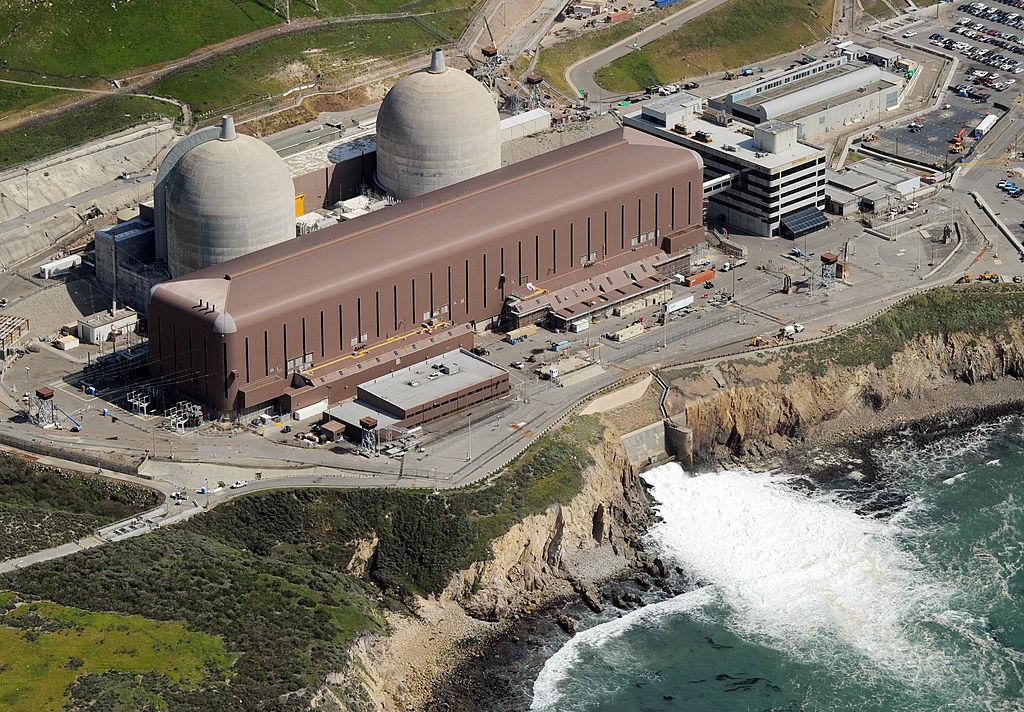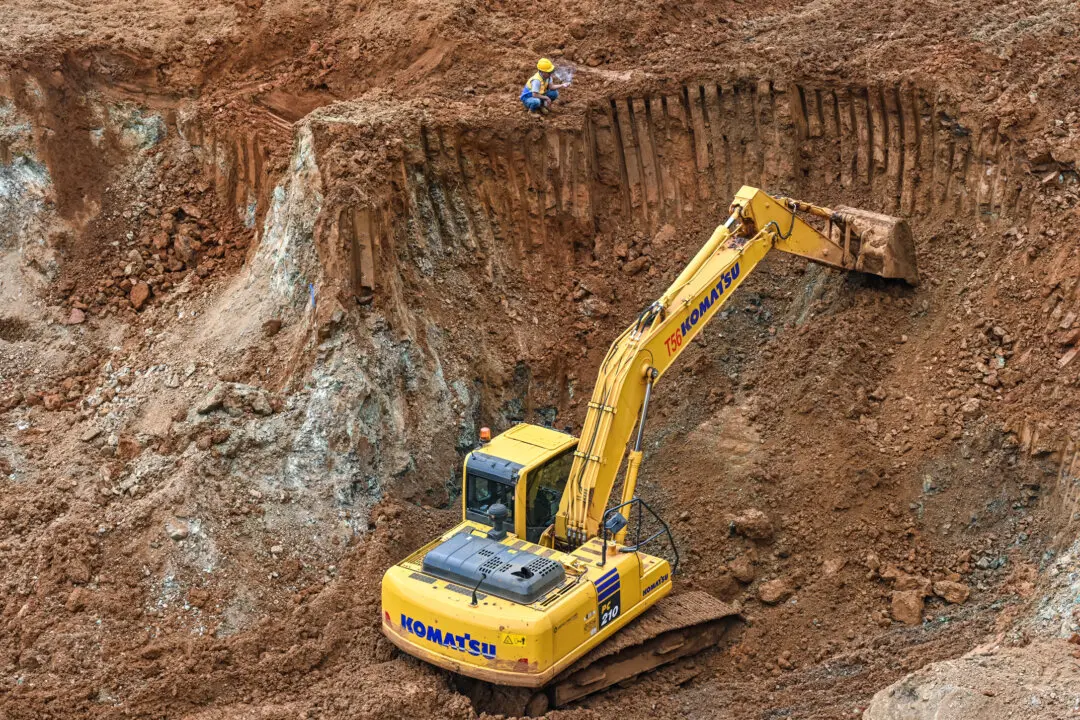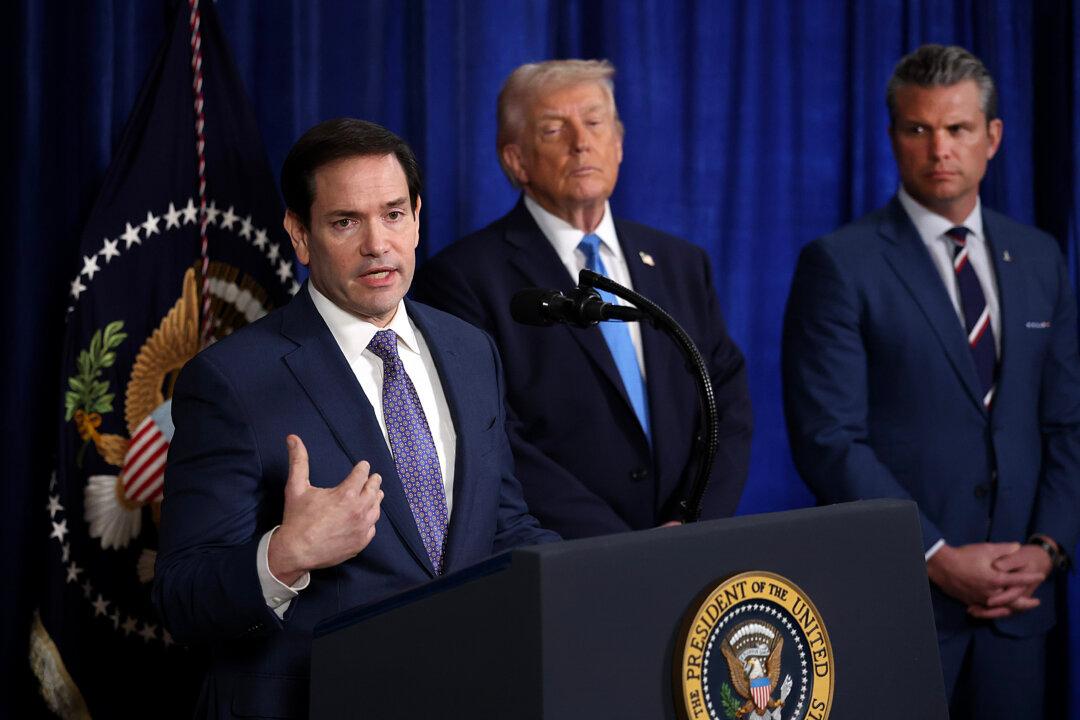In two recent decisions, state and federal energy regulators have approved a plan by Pacific Gas and Electric to continue running California’s last working nuclear power plant beyond 2025—which will boost energy supplies for the state as it transitions to renewable energy.
The federal Nuclear Regulatory Commission elected to review PG&E’s license renewal application Dec. 19, allowing the utility to continue operating Diablo Canyon’s two remaining reactors, which would have expired in 2024 and 2025.





